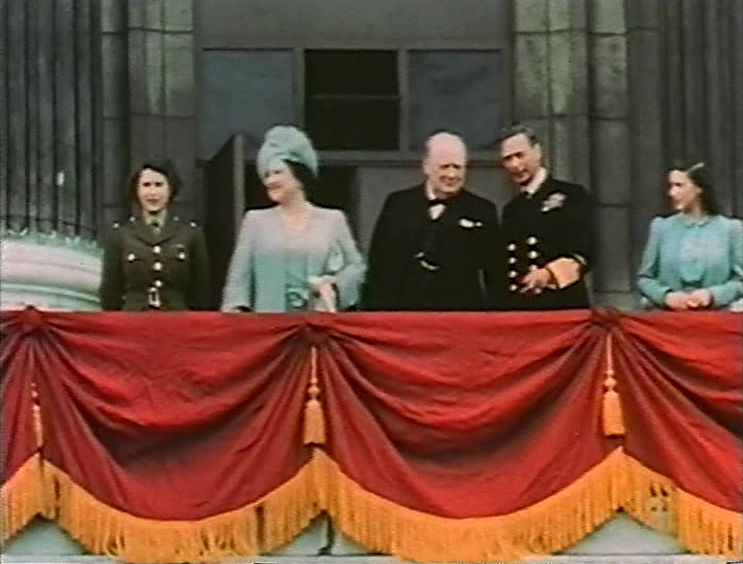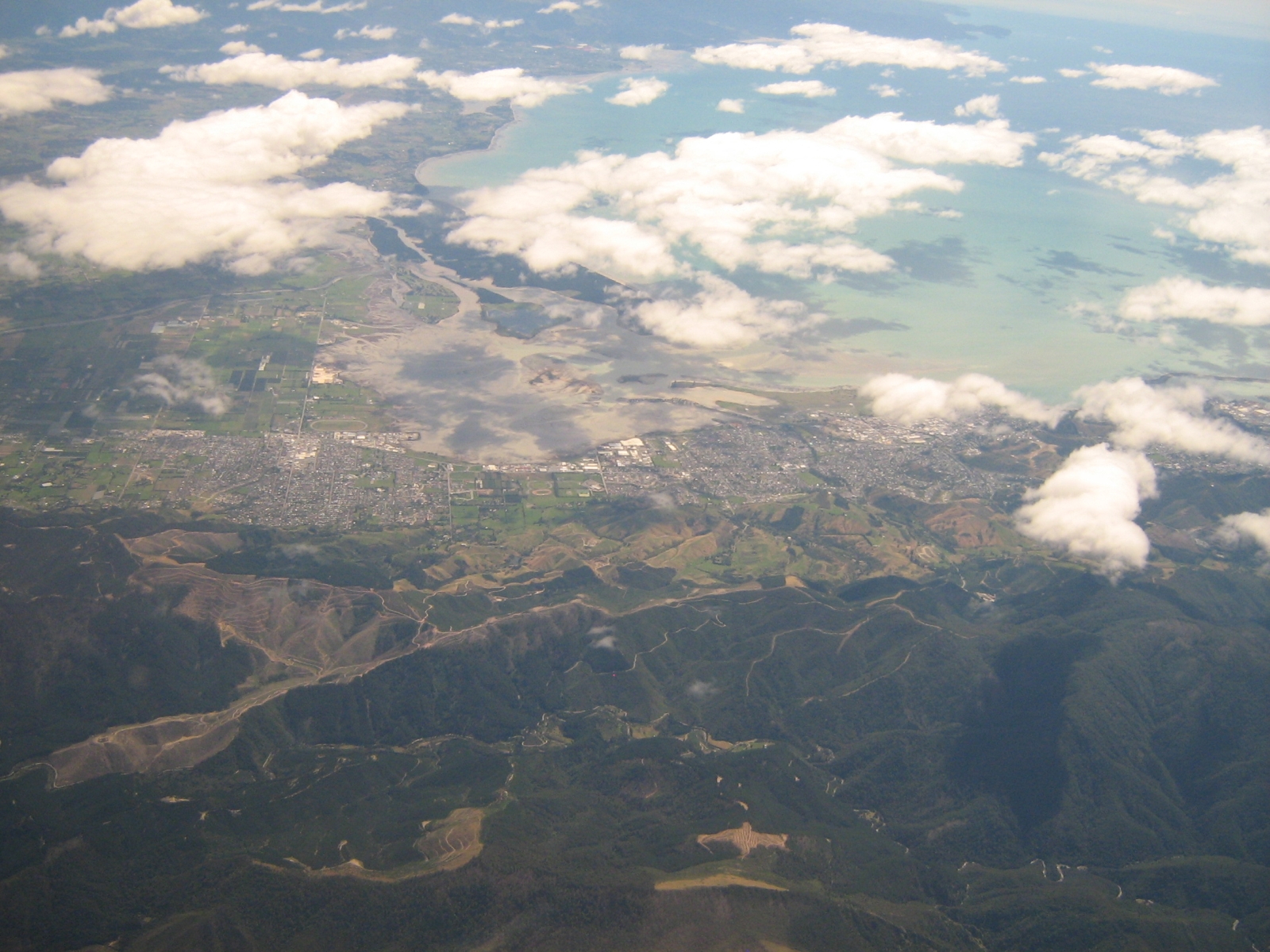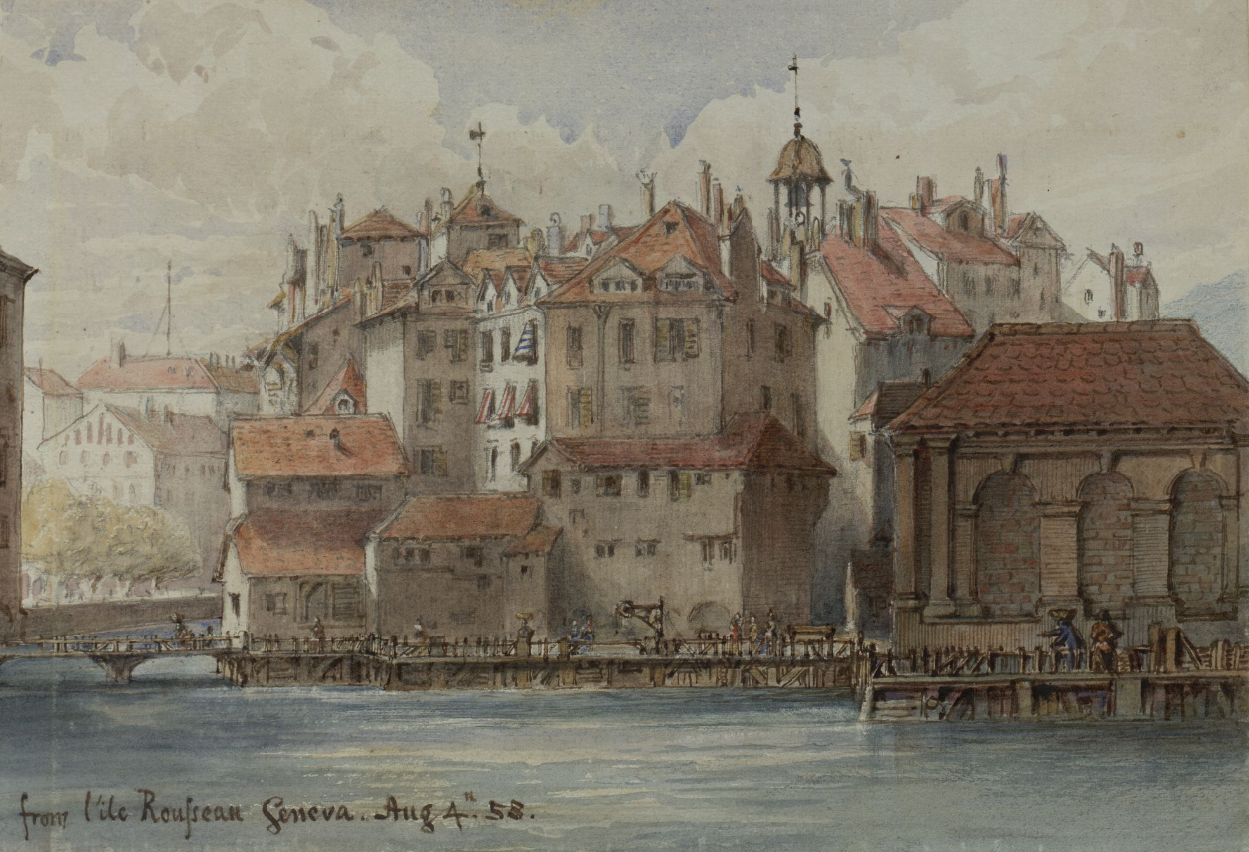|
1972 New Year Honours (New Zealand)
The 1972 New Year Honours in New Zealand were appointments by Elizabeth II on the advice of the New Zealand government to various orders and honours to reward and highlight good works by New Zealanders. The awards celebrated the passing of 1971 and the beginning of 1972, and were announced on 1 January 1972. The recipients of honours are displayed here as they were styled before their new honour. Knight Bachelor * Bernard Thomas O'Connell – of Wellington. For outstanding services to manufacturing and commerce. Order of Saint Michael and Saint George Companion (CMG) * Alfred Lawrence Friis – of Tauranga. For very valuable services to the dairy industry. * Roy Granville McElroy – of Auckland. For very valuable services to the community. File:Roy McElroy.jpg, Roy McElroy Order of the British Empire Knight Commander (KBE) ;Civil division * Thomas Harcourt Clarke Caughey – of Auckland. For outstanding services to health administration. File:Harcourt Caughey.jpg, ... [...More Info...] [...Related Items...] OR: [Wikipedia] [Google] [Baidu] |
Elizabeth II
Elizabeth II (Elizabeth Alexandra Mary; 21 April 1926 – 8 September 2022) was Queen of the United Kingdom and other Commonwealth realms from 6 February 1952 until her death in 2022. She was queen regnant of 32 sovereign states during her lifetime, and was head of state of 15 realms at the time of her death. Her reign of 70 years and 214 days was the longest of any British monarch and the longest verified reign of any female monarch in history. Elizabeth was born in Mayfair, London, as the first child of the Duke and Duchess of York (later King George VI and Queen Elizabeth The Queen Mother). Her father acceded to the throne in 1936 upon the abdication of his brother Edward VIII, making the ten-year-old Princess Elizabeth the heir presumptive. She was educated privately at home and began to undertake public duties during the Second World War, serving in the Auxiliary Territorial Service. In November 1947, she married Philip Mountbatten, a former pr ... [...More Info...] [...Related Items...] OR: [Wikipedia] [Google] [Baidu] |
Les Pearce (general)
Major General Leslie Arthur Pearce (22 January 1918 – 21 December 2002) was a senior commander in the New Zealand Army. He served as Chief of the General Staff, the professional head of the New Zealand Army, from 1971 to 1973, when he retired. He was the first soldier in the New Zealand Army who rose from private to Chief of Army. Early life Pearce was born on 22 January 1918 in the Auckland suburb of Herne Bay. His parents were Bessie (; 1879–1940) and Frank Pearce (1874–1956). Both from Bristol in England, his parent had married on 4 August 1904 at the Wesleyan Church in New Plymouth. On 3 July 1944, Pearce married Fay Mattocks of Balmoral at St Barnabas' Church in Mount Eden. They were to have two sons and one daughter. Army career Pearce joined the army in 1937 as a private. He served in the Second World War, leaving in 1940. He was with the infantry in Egypt, Italy, and North Africa. By the final year of the war, he was a major and commander of the 26th Battalion. ... [...More Info...] [...Related Items...] OR: [Wikipedia] [Google] [Baidu] |
Doctor Of Medicine
Doctor of Medicine (abbreviated M.D., from the Latin ''Medicinae Doctor'') is a medical degree, the meaning of which varies between different jurisdictions. In the United States, and some other countries, the M.D. denotes a professional degree. This generally arose because many in 18th-century medical professions trained in Scotland, which used the M.D. degree nomenclature. In England, however, Bachelor of Medicine, Bachelor of Surgery was used and eventually in the 19th century became the standard in Scotland too. Thus, in the United Kingdom, Ireland and other countries, the M.D. is a research doctorate, honorary doctorate or applied clinical degree restricted to those who already hold a professional degree (Bachelor's/Master's/Doctoral) in medicine. In those countries, the equivalent professional degree to the North American, and some others use of M.D., is still typically titled Bachelor of Medicine, Bachelor of Surgery (M.B.B.S.). History The first medical degrees wer ... [...More Info...] [...Related Items...] OR: [Wikipedia] [Google] [Baidu] |
GirlGuiding New Zealand
GirlGuiding New Zealand (in Māori Ngā Kōhine Whakamahiri o Aotearoa) is the national Guiding organisation in New Zealand. GirlGuiding New Zealand currently splits New Zealand into 8 regions around the country with approximately 10,000 members (as of the beginning of 2016). The organisation is known for its biscuits. There are three main principles to Guiding, remembered by the trefoil and the three fingered salute. These are: To be true to yourself and develop your beliefs, to live by the Guide Law, and to take action for a better world.''A Guide to Guiding in New Zealand/He Aratohu mō te Kaupapa Whakamahiri i Aotearoa'' Guides New Zealand: Christchurch (2000) All girls, regardless of race, faith or other circumstances, may become enrolled members of GirlGuiding New Zealand as long as they are able to understand, and are willing to make the promise. Pippins do not make the promise. History Lieutenant Colonel Cossgrove served in the Second Boer War with Robert Bad ... [...More Info...] [...Related Items...] OR: [Wikipedia] [Google] [Baidu] |
Māori People
The Māori (, ) are the indigenous Polynesian people of mainland New Zealand (). Māori originated with settlers from East Polynesia, who arrived in New Zealand in several waves of canoe voyages between roughly 1320 and 1350. Over several centuries in isolation, these settlers developed their own distinctive culture, whose language, mythology, crafts, and performing arts evolved independently from those of other eastern Polynesian cultures. Some early Māori moved to the Chatham Islands, where their descendants became New Zealand's other indigenous Polynesian ethnic group, the Moriori. Initial contact between Māori and Europeans, starting in the 18th century, ranged from beneficial trade to lethal violence; Māori actively adopted many technologies from the newcomers. With the signing of the Treaty of Waitangi in 1840, the two cultures coexisted for a generation. Rising tensions over disputed land sales led to conflict in the 1860s, and massive land confiscations, to ... [...More Info...] [...Related Items...] OR: [Wikipedia] [Google] [Baidu] |
Nelson, New Zealand
(Let him, who has earned it, bear the palm) , image_map = Nelson CC.PNG , mapsize = 200px , map_caption = , coordinates = , coor_pinpoint = , coordinates_footnotes = , subdivision_type = Country , subdivision_name = New Zealand , subdivision_type1 = Unitary authority , subdivision_name1 = Nelson City , subdivision_type2 = , subdivision_name2 = , established_title1 = Settled by Europeans , established_date1 = 1841 , founder = Arthur Wakefield , named_for = Horatio Nelson , parts_type = Suburbs , p1 = Nelson Central , p2 = Annesbrook , p3 = Atawhai , p4 = Beachville , p5 = Bishopdale , p6 = Britannia Heights , p7 = Enner Gly ... [...More Info...] [...Related Items...] OR: [Wikipedia] [Google] [Baidu] |
Hawke's Bay Region
Hawke's Bay ( mi, Te Matau-a-Māui) is a local government region on the east coast of New Zealand's North Island. The region's name derives from Hawke Bay, which was named by Captain James Cook in honour of Admiral Edward Hawke. The region is governed by Hawke's Bay Regional Council. Geography The region is situated on the east coast of the North Island. It bears the former name of what is now Hawke Bay, a large semi-circular bay that extends for 100 kilometres from northeast to southwest from Māhia Peninsula to Cape Kidnappers. The Hawke's Bay Region includes the hilly coastal land around the northern and central bay, the floodplains of the Wairoa River in the north, the wide fertile Heretaunga Plains around Hastings in the south, and a hilly interior stretching up into the Kaweka and Ruahine Ranges. The prominent peak Taraponui is located inland. Five major rivers flow to the Hawke's Bay coast. From north to south, they are the Wairoa River, Mohaka River, ... [...More Info...] [...Related Items...] OR: [Wikipedia] [Google] [Baidu] |
Geneva
Geneva ( ; french: Genève ) frp, Genèva ; german: link=no, Genf ; it, Ginevra ; rm, Genevra is the second-most populous city in Switzerland (after Zürich) and the most populous city of Romandy, the French-speaking part of Switzerland. Situated in the south west of the country, where the Rhône exits Lake Geneva, it is the capital of the Republic and Canton of Geneva. The city of Geneva () had a population 201,818 in 2019 (Jan. estimate) within its small municipal territory of , but the Canton of Geneva (the city and its closest Swiss suburbs and exurbs) had a population of 499,480 (Jan. 2019 estimate) over , and together with the suburbs and exurbs located in the canton of Vaud and in the French departments of Ain and Haute-Savoie the cross-border Geneva metropolitan area as officially defined by Eurostat, which extends over ,As of 2020, the Eurostat-defined Functional Urban Area of Geneva was made up of 93 Swiss communes and 158 French communesFederal Statistical O ... [...More Info...] [...Related Items...] OR: [Wikipedia] [Google] [Baidu] |
Eastbourne, New Zealand
Eastbourne is a suburb of Lower Hutt, a part of Wellington, New Zealand. Lying beside the sea, it is a popular local tourist destination via car from Petone or from ferry crossings from central Wellington. An outer suburb, it lies on the eastern shore of Wellington Harbour, five kilometres south of the main Lower Hutt urban area and directly across the harbour from the Miramar Peninsula in Wellington city. A narrow exposed coastal road connects it with the rest of Lower Hutt via the Eastern Bays and the industrial suburb of Seaview. It is named for Eastbourne in England, another seaside town known as a destination for day-trips. In the hills bordering Eastbourne there is mainly native bush and trees. With a locally administered possum-eradication programme, much of the native bush has regenerated, including red-flowering northern rātā trees. The bush has numerous tracks running to and from them, including a track along the entire bays hills ridge. With many settlers origina ... [...More Info...] [...Related Items...] OR: [Wikipedia] [Google] [Baidu] |
Wairarapa
The Wairarapa (; ), a geographical region of New Zealand, lies in the south-eastern corner of the North Island, east of metropolitan Wellington and south-west of the Hawke's Bay Region. It is lightly populated, having several rural service towns, with Masterton being the largest. It is named after its largest lake, Lake Wairarapa. The region is referred to as The Wairarapa, particularly when used after a preposition (e.g., locals will say they live "in the Wairarapa", and travel "to" and "from the Wairarapa"). Boundaries The Wairarapa is shaped like a rectangle, about long (from Palliser Bay north to Woodville) and wide (from the Tararua Range east to the coast). The Ngāti Kahungunu tribe's boundary for the region is similar. Their tribal area begins at Pōrangahau and ends at Turakirae. It is the southernmost of their three rohe (homelands) running down the eastern North Island from Wairoa. For the Rangitāne tribe, the Wairarapa is part of a wider homeland that includ ... [...More Info...] [...Related Items...] OR: [Wikipedia] [Google] [Baidu] |
Cook Islands
) , image_map = Cook Islands on the globe (small islands magnified) (Polynesia centered).svg , capital = Avarua , coordinates = , largest_city = Avarua , official_languages = , languages_type = Spoken languages , languages = , ethnic_groups = , ethnic_groups_year = 2016 census , demonym = Cook Islander , government_type = , leader_title1 = Monarch , leader_name1 = , leader_title2 = 's Representative , leader_name2 = Sir Tom Marsters , leader_title3 = Prime Minister , leader_name3 = Mark Brown , leader_title4 = President of the House of Ariki , leader_name4 = Tou Travel Ariki , legislature = Parliament , sovereignty_type = Associated state of New Zealand , established_event1 = Self-governance , established_date1 = 4 August 1965 , establi ... [...More Info...] [...Related Items...] OR: [Wikipedia] [Google] [Baidu] |
Māori Land Court
The Māori Land Court ( Māori: Te Kōti Whenua Māori) is the specialist court of record in New Zealand that hears matters relating to Māori land. Māori Land Court history The Māori Land Court was established in 1865 as the Native Land Court of New Zealand under the Native Lands Act. The court was established to facilitate the purchase of Māori land by the Crown by converting collectively owned Māori customary land into Māori freehold land. The Act created the Native Land Court to identify ownership interests in Māori land and to create individual titles (in place of customary communal title) that were recognisable in English law. Under the Native Lands Act 1865 only ten owners could be listed on land titles issued by the court. As outlined by Williams, "government policy from 1858 onwards ... sought to introduce a rapid individualisation of ancestral Māori land in order to ensure the availability of most of that land for settlement by Pakeha settlers". A continuat ... [...More Info...] [...Related Items...] OR: [Wikipedia] [Google] [Baidu] |






